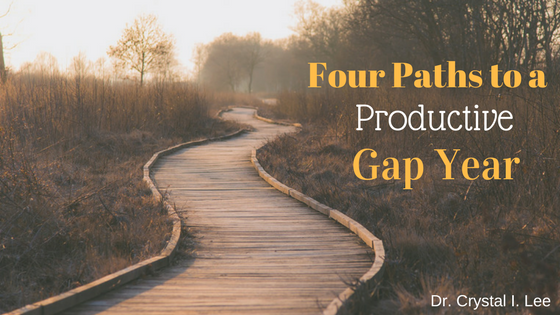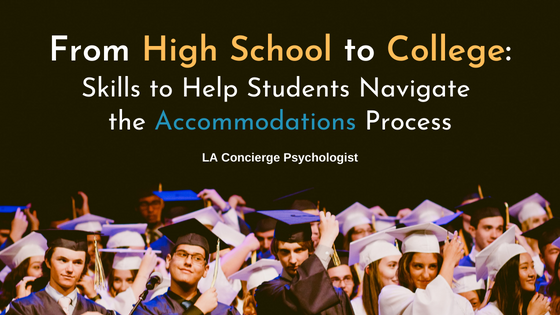Not every adolescent is ready to tackle college right after high school. Instead of sending them off to college because it’s the norm, why not take a gap year to help better prepare them for the challenges they’ll face? Taking a gap year is normative in countries like Australia and the United Kingdom, and it seems like more teens in the United States are trying it out, too. Even Malia Obama took a gap year before starting at Harvard University!
Unfortunately, gap years have gotten a somewhat bad reputation. I’ve worked with parents who balked at the idea of having their child wait a year before starting college. They’ve heard some horror stories about gap years gone bad, so they understandingly don’t want to try it.
My neighbor tried that, and his son has just been sitting at home for a year playing video games and hanging with his friends!
To make your teen’s gap year a productive success instead of a year-long vacation, there needs to be explicit discussions about the purpose of the gap year and what it will entail. Without this preparatory work, a year will have passed, and your adolescent will still not be prepared for college.
Here are my suggested four paths to a productive gap year:
1. Learn College Readiness Skills
Sometimes even the best schools don’t fully prepare students for the demands of college life. If you read my previous article on questions you should ask yourself before your child goes to college, you know there are some abstract skills your child needs to learn to be successful. Taking interesting or “for fun” academic classes at a local community college is a great way to learn and practice those skills.
2. Work/Intern
Working or interning somewhere for a year is a fantastic way to help an adolescent emotionally mature. It also has the added benefit of the teen having something to put on his or her resume for post-graduation job hunting. It’s best to get a job or internship in an area in which the teen would like to major.
3. Volunteer
It can sometimes be difficult for a teen to land a job or internship. Instead of waiting months for it to happen, better to get him or her plugged into a volunteer position. It’s best to volunteer at one or two places consistently for the whole year, instead of participating in numerous one-time volunteer experiences; this way the volunteering mimics a job or internship more closely (and the teen will get similar benefits).
Alternatively, if your adolescent child is insure of what he or she wants to major in, volunteering at numerous places throughout a year can help narrow down potential majors or areas of study. Be sure to help your child get the most of these volunteer opportunities by having him or her reflect on each experience before moving on to the next one. Even better if the teen records those reflections. Then, at the end of the year, he or she can use those notes to determine a potential major.
4. Travel
I’m not suggesting traveling purely “for fun”. The traveling should have a purpose. Volunteering with an organization to areas of need (within the US or internationally) is great! Traveling to “exotic” places to expand horizons and learn about different cultures is also good.
Not all paths are the best for every child. Reflect on these options before bringing up the possibility of a gap year with your child. You can share all four paths or just the one(s) that seem most appropriate to you. With intentional planning and upfront conversations about the purpose of time off, a gap year can be an amazingly productive time for your teen.
Click here for more information on College Transition and Gap Year Consultation.
Still unsure how to ensure your teen has a productive gap year? Contact Dr. Crystal I. Lee for a free 20 minute consultation to see how she can help.




